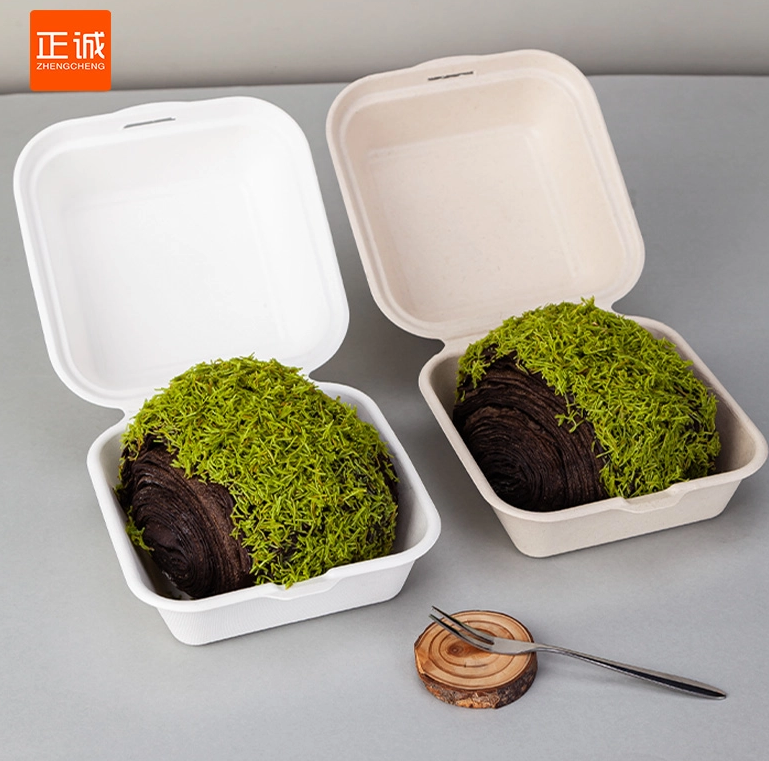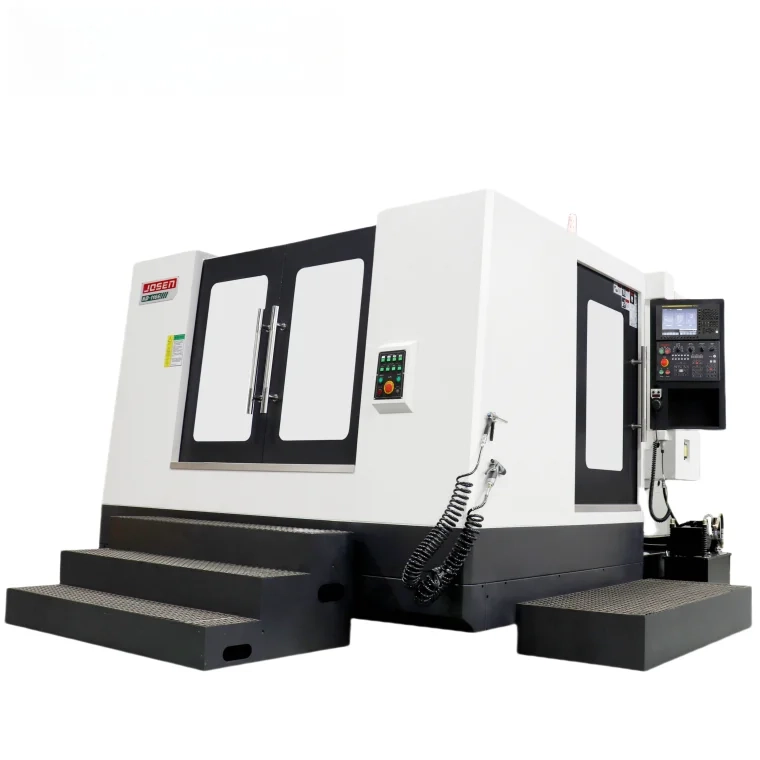Transporting chilled food is a critical aspect of the food supply chain, ensuring that perishable items maintain their quality and safety from the point of origin to the final destination. With the increasing demand for fresh and safe food products, understanding the intricacies of chilled food transportation has never been more essential. This article delves into the best practices, technologies, and regulatory considerations involved in the effective transportation of chilled food.
Understanding the Importance of Temperature Control
The primary goal of transporting chilled food is to maintain a consistent temperature that inhibits bacterial growth and preserves the food's quality. The USDA recommends that perishable foods should be kept at or below 40°F (4°C) to prevent foodborne illnesses. The temperature control not only affects food safety but also impacts the sensory attributes of the food, such as taste, texture, and nutritional value.
Choosing the Right Packaging
Proper packaging is the first line of defense in chilled food transportation. Here are some key considerations:
- Insulation: Use insulated containers that can maintain the desired temperature for extended periods. Materials like Styrofoam, vacuum-sealed bags, or specialized thermal boxes are effective in minimizing temperature fluctuations.
- Sealing: Ensure that the packaging is airtight to prevent moisture loss and contamination. Vacuum sealing is an excellent option for meats and other perishables.
- Size and Shape: Choose packaging that minimizes empty space. Excess air can lead to temperature variations and spoilage.
- Labeling: Clearly label packages with handling instructions and temperature requirements to ensure that all personnel involved in the transportation process are aware of the necessary precautions.
Selecting the Right Transportation Method
The choice of transportation method can significantly impact the integrity of chilled food. Here are some options:
- Refrigerated Trucks: These vehicles are equipped with temperature-controlled compartments that can maintain the required chill throughout the journey. It’s essential to regularly monitor the temperature inside the truck using digital thermometers.
- Air Freight: For long-distance transportation, air freight can be a viable option. However, it is crucial to ensure that the airline has the necessary facilities for chilled food transport, including temperature-controlled storage.
- Rail Transport: In some regions, refrigerated rail cars are an efficient means of transporting large quantities of chilled food over long distances.
- Last-Mile Delivery: For the final leg of transportation, consider using insulated delivery bags or boxes that can maintain the required temperature until the food reaches the consumer.
Implementing Temperature Monitoring Systems
To ensure that chilled food remains within the safe temperature range during transit, implementing a temperature monitoring system is vital. Here are some technologies to consider:
- Data Loggers: These devices record temperature data throughout the journey, allowing for real-time monitoring and post-delivery analysis.
- GPS Tracking: Combining GPS tracking with temperature monitoring can provide insights into the transportation process, helping identify any potential issues before they affect food quality.
- Alerts and Notifications: Set up automated alerts for temperature deviations, enabling quick action to rectify any issues that may arise during transportation.
Regulatory Compliance and Best Practices
Adhering to local and international regulations is crucial for the safe transportation of chilled food. Here are some key guidelines:
- Food Safety Standards: Familiarize yourself with the relevant food safety regulations, such as the FDA Food Safety Modernization Act (FSMA) in the United States, which outlines requirements for the safe transportation of food products.
- HACCP Principles: Implement Hazard Analysis Critical Control Point (HACCP) principles to identify and mitigate risks associated with food safety during transportation.
- Training and Education: Regularly train staff involved in the transportation process on best practices for handling chilled food, including temperature monitoring, packaging techniques, and hygiene standards.
Conclusion
Transporting chilled food is a complex process that requires careful planning, execution, and monitoring. By understanding the importance of temperature control, selecting the right packaging and transportation methods, implementing effective monitoring systems, and adhering to regulatory standards, businesses can ensure the safe delivery of high-quality chilled food products. As consumer demand for fresh and safe food continues to rise, mastering the art and science of chilled food transportation will be essential for success in the food industry.





+ There are no comments
Add yours